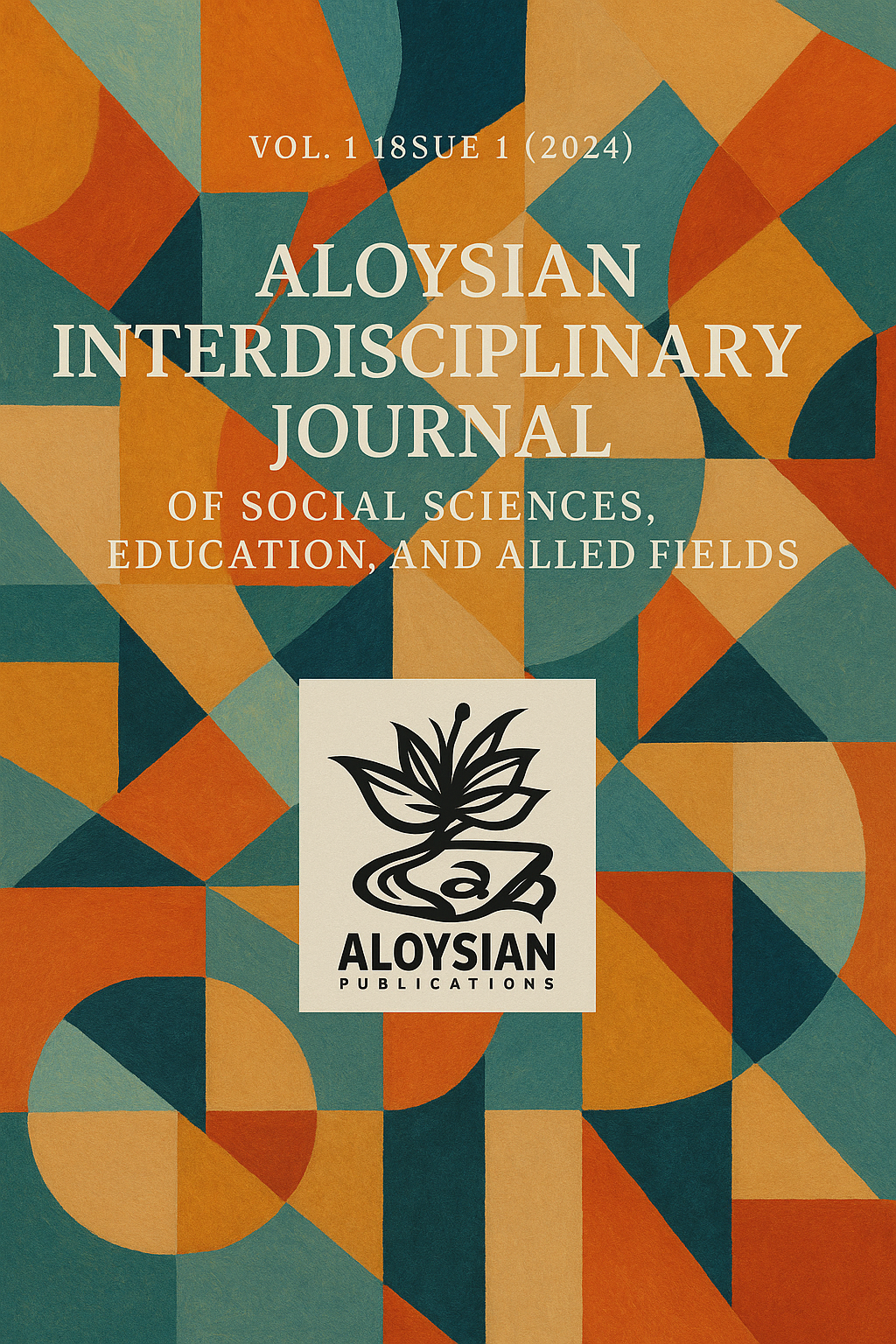Effectiveness Of Rehabilitation Programs For Children In Conflict With The Law
DOI:
https://doi.org/10.5281/Keywords:
Effectiveness, Rehabilitation Programs, Children in Conflict with the Law (CICL)Abstract
The effectiveness of rehabilitation programs for Children in Conflict with the Law (CICL) is a critical concern for juvenile justice systems worldwide. In the Philippines, the Juvenile Justice and Welfare Act mandates the rehabilitation of CICL. This study focuses on assessing the effectiveness of these programs at the Cagayan Valley Regional Rehabilitation Center for Youth (CV-RRCY) in Enrile, Cagayan.
This research aimed to evaluate the perceived effectiveness of the core rehabilitation programs—Education, Recreation, Health/Dietary Services, and Spiritual Enhancement—as assessed by the CICL residents at CV-RRCY.
Utilizing a descriptive research design, the study engaged all thirty (30) CICL residents at the center through total sampling. Data were collected using a survey questionnaire adapted from the RRCY Operations Manual, with responses measured on a 4-point Likert scale. Descriptive statistics, including means and frequencies, were used to analyze the data.
The profile of respondents indicated that the majority were 18-year-old, currently studying, Ilocano, Roman Catholic males, with mothers working as OFWs and fathers in farming. Overall, the rehabilitation programs were rated as "Very Effective" (Overall Mean=3.65). Among the four dimensions, the Spiritual Enhancement Program received the highest rating (Mean=3.76), followed by Health/Dietary Services (Mean=3.72), and Recreational Programs (Mean=3.69). The Education Program, while still "Very Effective," received the lowest rating (Mean=3.41), with the provision of non-formal educational opportunities identified as a specific area for improvement.
The rehabilitation programs at CV-RRCY are generally perceived as highly effective by the CICL, with spiritual and health services being the most impactful. The findings underscore the center's vital role in the reformation and moral development of its residents. However, the results suggest a need to enhance and diversify non-formal educational and skill-building opportunities to ensure a more holistic and sustained rehabilitation process for successful societal reintegration.
Published
Issue
Section
License
Copyright (c) 2025 Aloysian Interdisciplinary Journal of Social Sciences, Education, and Allied Fields

This work is licensed under a Creative Commons Attribution-NonCommercial 4.0 International License.






